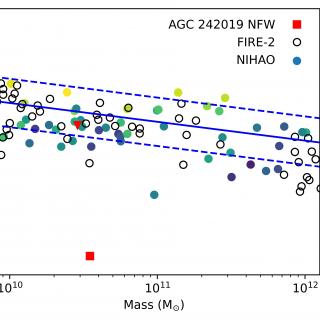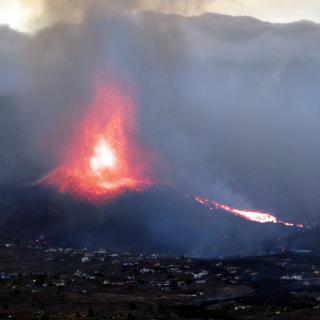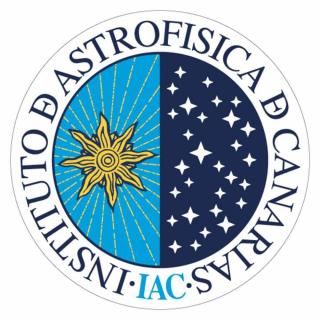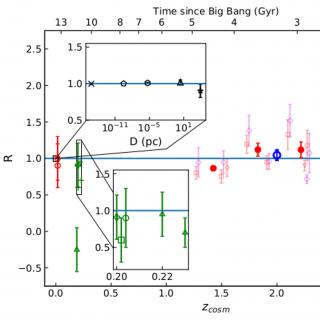
A central question regarding ultra-diffuse galaxies (UDGs) is whether they are in a separate category from low-surface-brightness (LSB) galaxies, or just their natural continuation toward low stellar masses. In this Letter, we show that the rotation curve of the gas rich UDG AGC 242019 is well fit by a dark matter halo with an inner slope that asymptotes to ~-0.54, and that such a fit provides a concentration parameter that matches theoretical expectations. This finding, together with previous works in which shallow inner profiles are derived for UDGs, shows that the structural properties of
Advertised on




